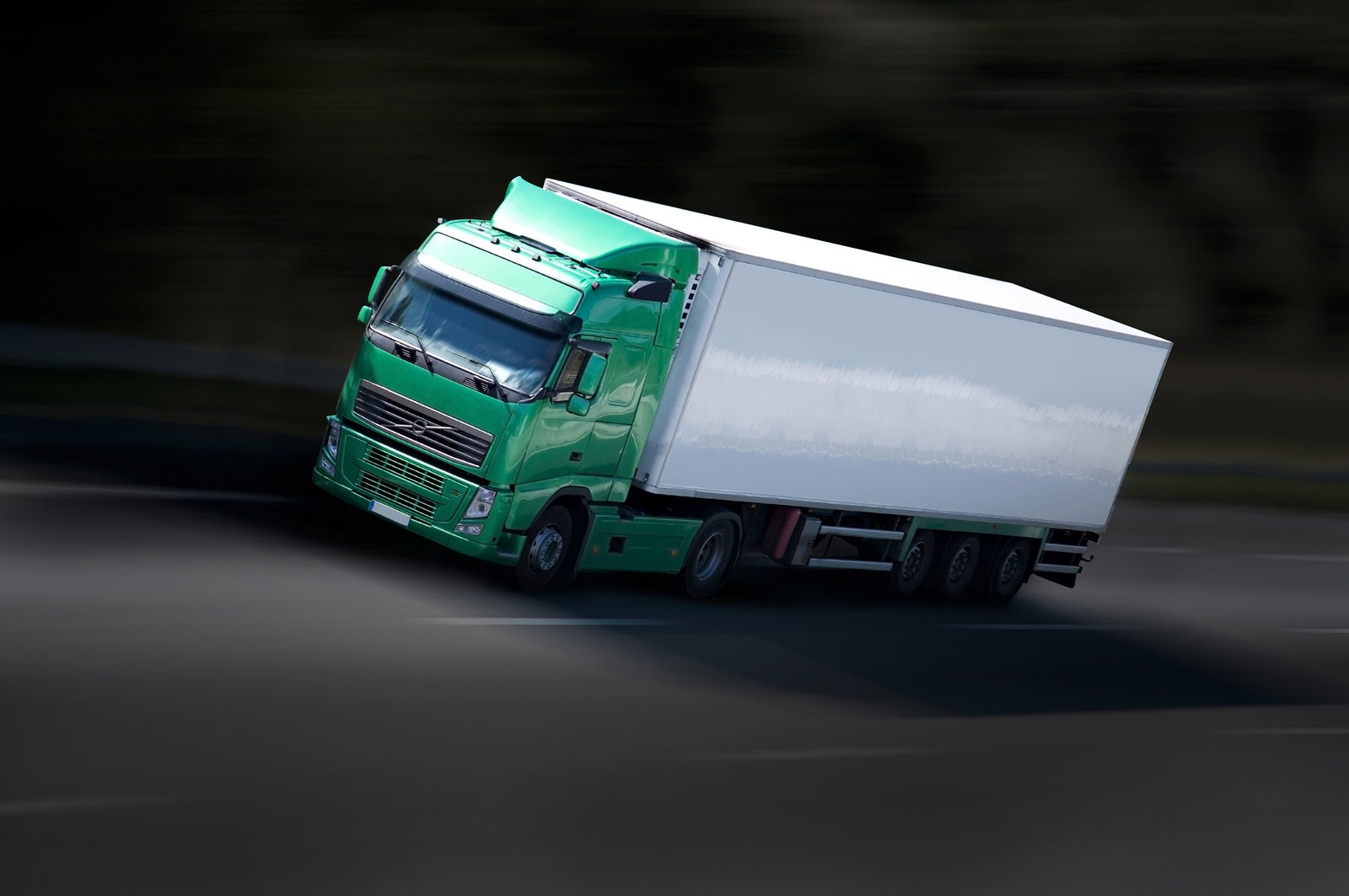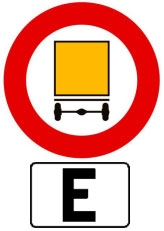
Belgium, formally known as the Kingdom of Belgium, is a small country located on the western coast of Europe. Its capital is Brussels, which also serves as the country’s largest city. By population, Belgium is the 79th largest country in the world, as well as being extremely densely populated.
Abnormal Road Movements
Bans in Belgium mainly apply to the transport of oversize loads during certain periods. It should be noted that in this country the movement of such transport is strictly standardised and can take place in specific regions.
Motorways – The ban applies from 6 am on Saturday to 9 am on Monday. For loads exceeding 3.5 metres in width, 30 metres in length or 4.30 metres in height, the ban applies daily from 6 a.m. to 9 p.m. On public holidays – as above – the hours of restriction differ from those on weekends.
Other roads – Oversize loads are also banned on the Antwerp bypass R1, between junction 2 (Antwerpen – Noord) and junction 6 (Linkeroever), Brussels bypass R0, Charleroi bypass R9 and other sections.
Cities – From 7am to 9am and from 4pm to 6pm, the movement of vehicles with abnormal loads is banned in Antwerp, Bruges, Brussels, Charleroi, Kortrijk, Ghent, Hasselt, Liège, Louvain, Mechelen, Mons, Namur, Oostende, Tournai and Verviers.
Special authorisation must be obtained if vehicles/loads exceed maximum permitted weights and dimensions. For help and assistance, visit the Royal Belgian Federation of carriers and logistics providers’ website https://febetra.be/
All abnormal load operators will require a keeper’s certificate to prove ownership of the trailer, which must be carried as part of the vehicle documents at all times.
EU Directive – Within the European Union (EC), the Council Directive 96/53/EC gives information about the permissible dimensions and weights for road vehicles in international traffic. Vehicle combinations (trucks with ordinary trailers or semi-trailers) which comply with the criteria specified here may travel on roads within the EU without a special permit. The size and weight limits set by the Council Directive are summarised in the tables at the link here
Carriage of Dangerous Goods
Other competent authorities Notification according to 1.9.4 Notification and according to 1.9.5 (Tunnel restrictions)
| Example Tunnel Sign – C24a + Tunnel Category Other notifications Notification from Belgium authorities are in accordance to 6.2.5, 6.8.2.7 and 6.8.3.7 of the ADR (French only) (Updated 24.10.2019). |  |
Tunnel restrictions (updated July 2014) according to 1.9.5.

If you are shipping dangerous goods, you must also complete a dangerous goods declaration. See guidance on moving dangerous goods
Heavy Goods Vehicles Road Tolls
In 2016, an electronic toll system was introduced as a replacement for the Eurovignette. All commercial vehicles over 3.5 tonnes must be equipped with a satellite box called an OBU (On-Board Unit). It replaces the Eurovignette in Belgium for trucks over 12 tonnes.
The OBU counts the kilometres travelled and records the routes the truck takes. The system applies on the Belgian motorways, duel carriageways and the country’s major roads.
Rates (€/km) charged vary according to four criteria:
Bridge and Tunnel Tolls
The Liefkenshoek Tunnel is situated just north of Antwerp within the Antwerp ring; it operates debit, credit, fuel cards and OBU facilities. For more information about the Tunnel, its closure periods and current charges, please click on the link below, which connects directly to the Liefkenshoek Tunnel website.
Liefkenshoek Tunnel Connects N49 (B) to A12 (NL) – Situated North of Antwerp
Abnormal loads can travel through the tunnel but must conform to the height policy; it is, therefore advisable to check before arriving. All abnormal loads travel in lane 1 only.
General driving
When overtaking a cyclist or moped rider there should be a distance of least one metre between them and the overtaking vehicle.
Situations where it is prohibited to overtake include:
Who has priority?
All vehicles coming from the right have priority. However, it should also be noted that trams always have priority, whether they are on the left or right.
Drivers need to slow down or completely stop in a built-up area if a bus has indicated that it intends to leave a stop. In addition, any vehicles emerging from a path or track need to give way to those on the surfaced road.
When it comes to emergency vehicles, drivers must move to the side and give way as soon as they are aware of their approach. If it is required, they should also stop.
Vehicles already present on roundabouts also get priority and the junctions tend to feature ‘give way’ signs. Finally, drivers approaching a crossing not controlled by lights or a traffic officer should give way to pedestrians who are on it, or about to step onto it
Weekend and public holiday Driving Bans
There are no general weekend or public holiday driving bans as such in Belgium.
Driver & Vehicle Documentation
Check what other vehicle documents and driver documents the driver needs to carry on international journeys.
Permits
Check which international road haulage permits you need.
Check which international road haulage permits you need – GOV.UK (www.gov.uk)
Find out how to apply for bilateral international road haulage permits and the rules you have to follow at the link below.
https://www.gov.uk/guidance/international-road-haulage-permits-for-some-non-eu-countries
To find out more about ECMT Permits, please visit the link below.
https://www.gov.uk/guidance/ecmt-international-road-haulage-permits
To find out more about ECMT International Removal Permits, please visit the link below.
https://www.gov.uk/guidance/international-road-haulage-removal-permits
Speed Limits for HGV’s over 3.5t
The following speed limits are applicable to HGVs:
Drink Driving
The legal limit in Belgium is 22 milligrams of alcohol in 100 millilitres of blood for professional drivers, penalties for driving under the influence are strict.
Other Items Required
In addition to required documents, motorists are also required by law to carry the following items when driving to avoid hefty on-the-spot fines:
Items you should not take into Belgium
Be aware that you cannot take the following with you:
You cannot take the following unless you pay to have them inspected before you leave and get a ‘Phytosanitary certificate’:
In an emergency
112 – You can dial 112 from anywhere in Europe and an operator will connect you to an emergency service in the country you are visiting. Operators can answer your call in their native language, English or French.
Loads & Load Safety
More and more EU member states are implementing Load Safety Best Practice and penalising operators/drivers for failure to implement. You can access the links or pdfs below for further information.
Load security information
Load securing: vehicle operator guidance – GOV.UK (www.gov.uk
Low Emission Zones
A number of regions have low emission zones for Lorries. These LEZs also affect the cities within those regions. For further information on LEZ’s in Belgium
Transport Organisation
FEBETRA – Febetra defends and represents the interests of the Belgian sector of the transport of goods by road on behalf of third parties and of the logistics service providers.
Address: Stapelhuisstraat 5a – 1020 Brussels
Telephone: +32 (0)2 425 68 00
Web: https://febetra.be
British Embassy
Avenue d’Auderghem 10
1040 Brussels
Belgium
Telephone: (+32) 2 287 62 11 / (+44) 1908 51 6666